It is romanticized in pop culture that the Amish eschew buttons. But, like everything with the Amish, it's not so simple. If one could set their Facebook relationship status with buttons the Amish would likely pick "It's Complicated."
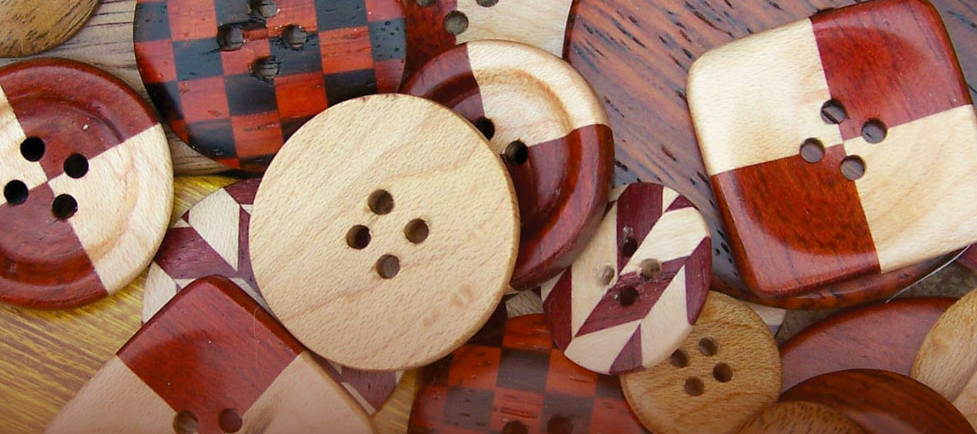
👗 The History Between Amish and Buttons
Buttons came to be viewed by some Amish generations ago as too ornate and flashy, back in the Victorian age buttons were often a frivolous, aristocratic luxury on clothing. But as times have changed so have the views of some Amish. Plenty of the more conservative Amish do still eschew buttons, preferring straight pins instead. Ouch. In some cases the "hooks and eyes" are still used and those are a bit less hazardous that the straight pin route. There are also metal "snaps" on jackets and clothing that some Amish find acceptable and others view buttons as perfectly fine so long as they aren't overly ornate.
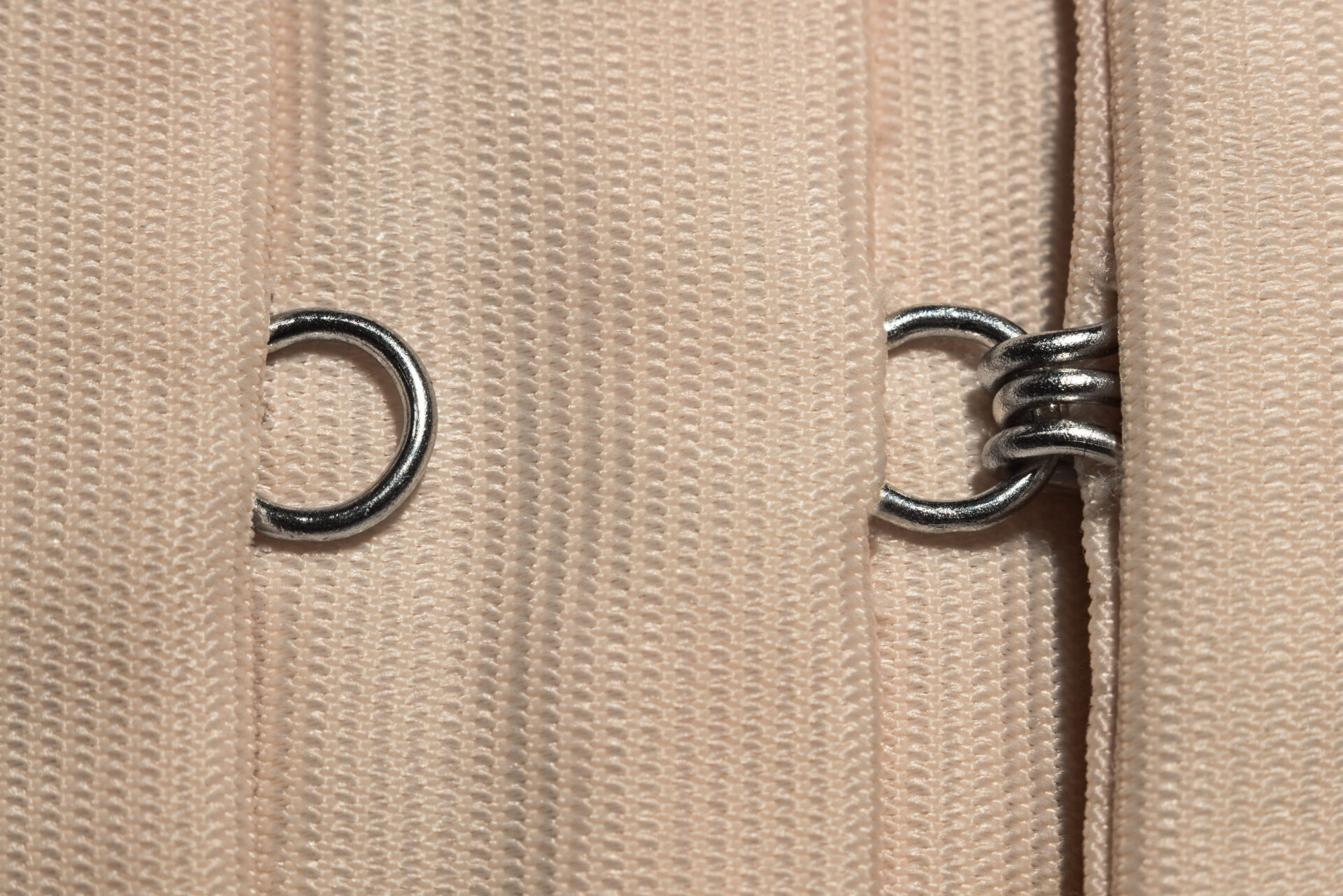
👔 Do All Amish Stay Away From Buttons?

Notice in this photo the young Amish girl wearing buttons on her dress. This is a New Order Amish sect and they have a more progressive view of buttons. But notice how the button color is blended perfectly into the dress color?
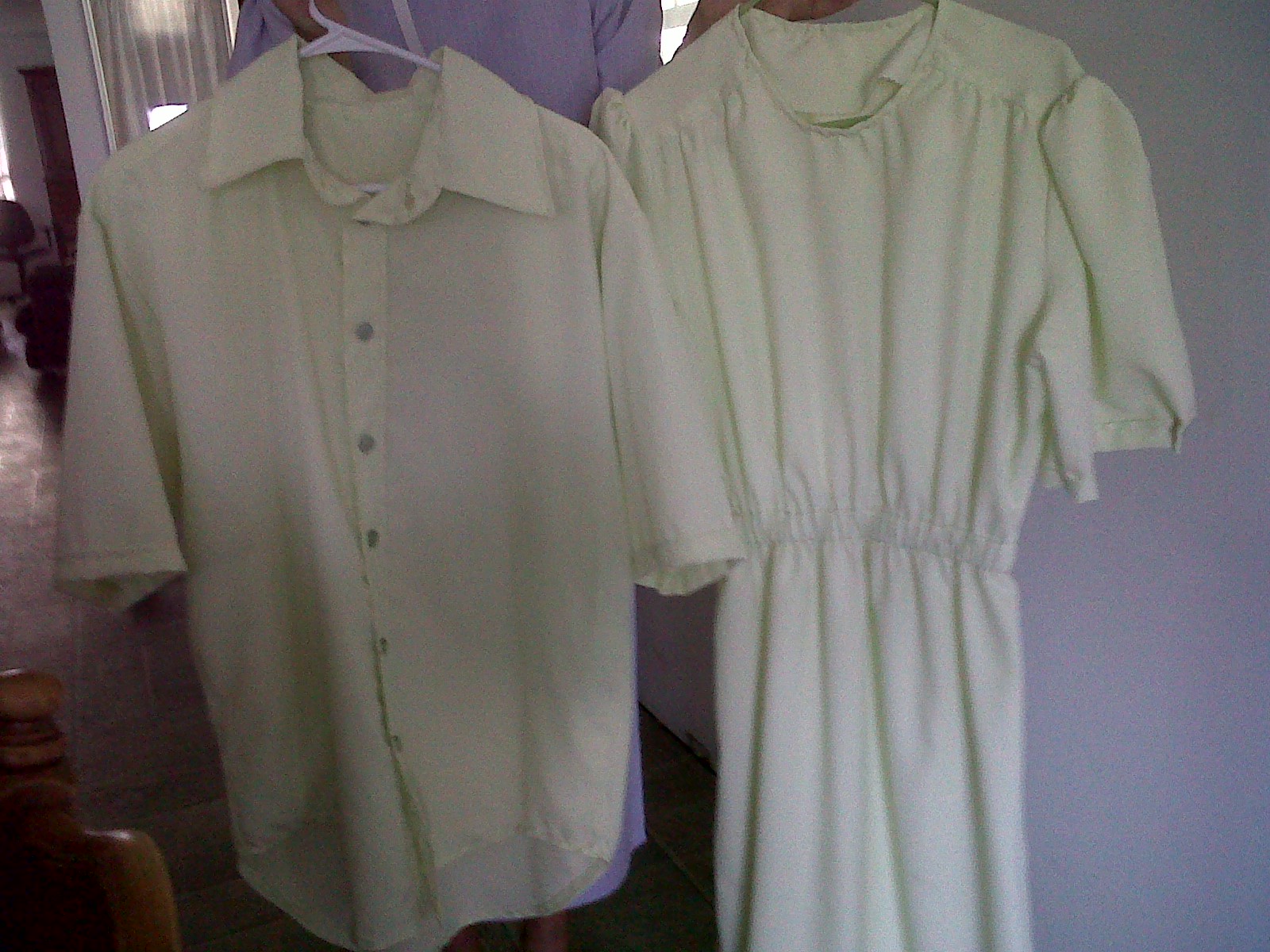
I think as the years ago by more and more churches will slowly adopt button styles like the one seen in the photo and only the most conservative Amish churches will hang on to hooks and eyes and pins.
So a lot of whether the Amish use buttons or not has to do with local community traditions and church ordnung. The ordnung is a set of unwritten rules that govern most of an Amish person's day to day life.
❓ FAQ Amish and Buttons
Velcro generally seems to be an acceptable alternative to buttons. Many Amish have clothing that uses velcro to fasten various aspects.
Again, these answers vary greatly from place to place. But zippers are generally frowned up among the Amish. But often these customs have more to do with tradition that any sort of strong theological objection. As a generally rule, though, fancier clothing has zippers and that is something most Amish would steer away from.
🎙️ Interview with a Button Maker
Years ago, I did an interview with a button maker. The button maker is no longer in business, but there are still some interesting insights in the interview, so I have edited the interview to bring it up to date, but still keep some of the interesting information.
Can you walk us through, briefly, the process of making a button?
All buttons start from a blank of wood cut with a band-saw to roughly the thickness of a finished button. Combination wood buttons have to be cut and glued into the style (diamonds, checks, and weaves) to make these blanks. The contour is then carved using a custom-ground spade bit in a drill press. Round buttons are then cut out with a hole saw, also custom made for the proper size. From there, the buttons are placed in a jig where the holes are drilled. After extensive hand sanding, the finish is applied. Depending on the finish ordered, this is up to a seven step process.
Can you give us a brief history of the button? And as styles change constantly, do you think there will always be a need for buttons?
The history of the button starts thousands of years ago when it was simply a decorative item. The modern button came about around the 12th century, when clothing fashions were starting to be closer fitting. It's interesting that buttons weren't used for closing garments until the button 'hole' was invented! Buttons have been around for hundreds of years, and even with the invention of the zipper and Velcro, I believe that buttons will continue to be a mainstay well past our lifetimes.
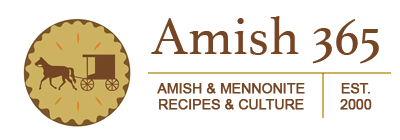
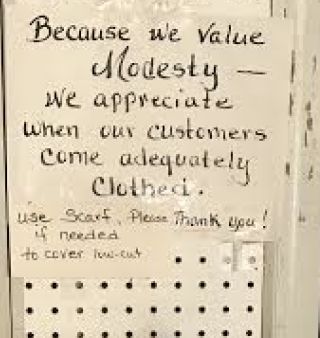

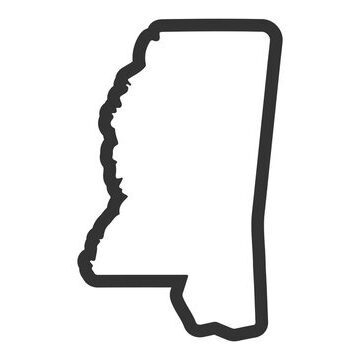
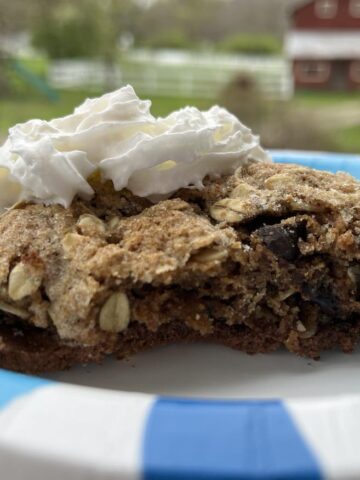
Leave a Reply